Byredo Bal d'Afrique (2009): Cake-Walking at the Bal d'Afrique {Perfume Review & Musings}
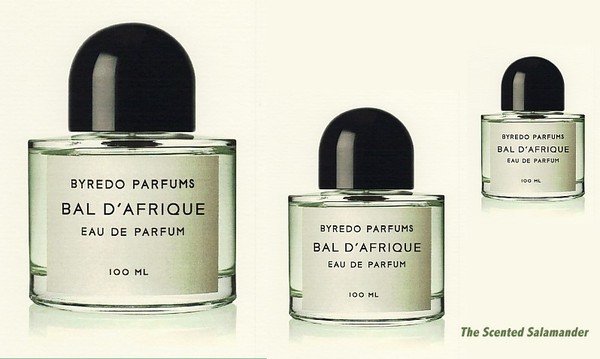
How It Wafts, At First
What they say:
A warm and romantic vetiver inspired by Paris in the late 20's and its infatuation with African culture, art, music and dance. A mix of the Parisian avantgardism and African culture shaped a unique and vibrant expression. The intense life, the excess and euphoria is illustrated by Bal d'Afrique's neroli, African marigold and Moroccan cedarwood.
Top: Bergamot, Lemon, Neroli, African marigold, Bucchu
Mid: Violet, Jasmin petals, Cyclamen
Base: Black Amber, Musk, Vetiver, Moroccan cedarwood
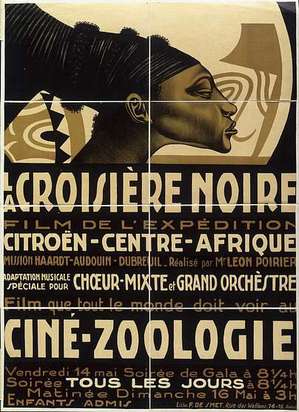
The press release further states that the "croisière noire" by André Citroën, the so-called "black cruise" that took place across Africa in 1924-1925 was yet another source of inspiration.
Bal d'Afrique by Byredo, launched last February, opens on the scent of both soft grassy skin (vetiver) and violets succeeded by light sweet notes of marigold served on wood shavings soon followed by candied and juicy fruit sours (buchu?) notes of berries and grapes underlining the violet accord which recedes in the background. Buchu is said to have a sour smell and is used as a body ointment in Africa. The jasmine is very subtle and green with gourmandish indolic notes in the direction of angelica, which is actually the vetiver + cyclamen, and other things. The jasmine is used as an underlining facet rather than a focus. Dots of almond contributes to the sweet feeling operating at both the obvious and less obvious levels. The obvious level of candied notes is very in-your-face.
This mostly exaggerated gourmand opening immediately strikes one as an interesting choice given the personality of the Byredo brand. In this context, the highly regressive accord cannot be mistaken for a lack of ideas but rather, is a willed effect. It is here with a purpose, but which one is not apparent right away. At first you think that it is as if the perfumer Jérôme Epinette had decided to take the candied facet of violet perfumes and pushed it maximally instead of just giving a tip of the hat to sugar-dipped violet petals as one of our most traditional violet associations.
As Bal d'Afrique develops, it continues to defy the conventions of the well-bred, tasteful and urbane genre of a certain type of niche perfumery and next takes on a sticky, childish texture, to the nose, going now in the direction of syrupy but still counterbalanced by light green and woody notes, the vetiver facet, suggesting banana leaves, banana fruit and passion fruit.
Cellophane-wrapped candies continue to impose their imagery. But in-between the literal scent of sweet-toothed sticky kids' fingers and banana - did I say banana, ah yes, of course, (a moment of enlightenment to the non-prejudiced), it is the banana girdle worn by Joséphine Baker in her legendary la danse des bananes - there is a more subtle and vague accord of vetiver introducing a bit more of the unstated quality of perfumery....
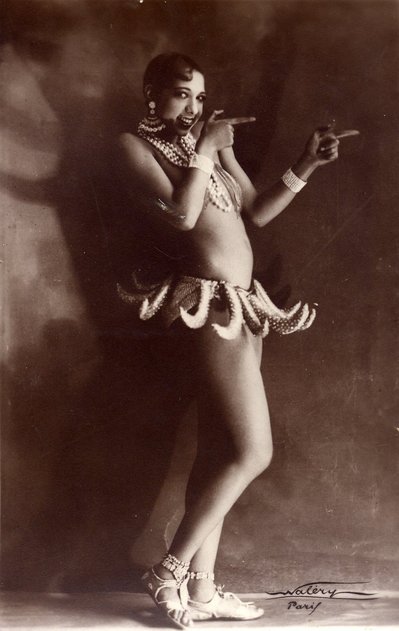
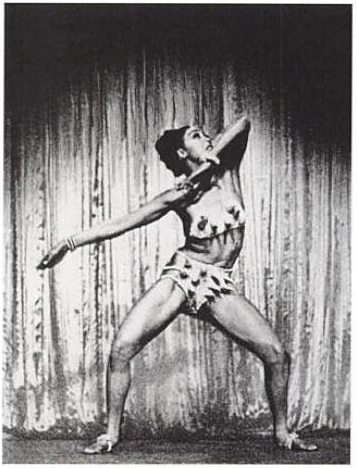
Bal d'Afrique catches your attention also thanks to what could be described as a "sandwich structure": on top violet candies licked by gourmand tongues, below, banana yellowness and in-between, perfume. The focus on the scent of violet is justified by the fact that the flower is indigenous to Africa. Now the figurative motif emerges better at last accompanied by a subtle green vegetal vetiver scent with woody intonations bespeaking of a soft, feminine, dark jungle in this context.
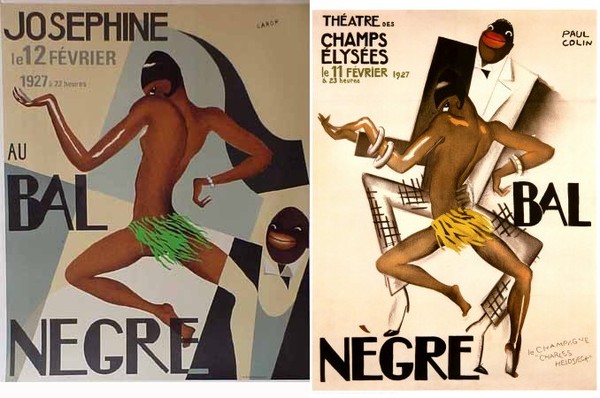
What it Signifies
As a perfume critic, one can appreciate the high-low reversal that takes place in the fragrance. It is like a conceptual painting that would be composed of McDonald trash: crushed juice cups, remnants of fries and flattened straws all disposed in an artful, colorful and playful way. Joséphine Baker was noted herself for having turned dance conventions on their heads, a distinct dynamic one gets from the feeling of freedom with which both artistic director Ben Gorham and perfumer Jérôme Epinette turned the candied facet of violets as well as the none too sophisticated banana scent on their heads.
As quoted in the Encyclopedia of Harlem Renaissance, Baker was perceived at the time to be that "black Venus who turned our concept of rhythm and movement on their heads," especially in her knack to make surprise transition of movements at high speed. The fragrance gleefully laughs at the convention that candied notes are best kept to the shelves of drugstores and the innards of candy jars rather than forward-thinking perfumery art exaggerating on the contrary those to the point where the stylistic intention cannot be missed. This is where a bonbon or a girdle of bananas become their conceptual reflections with the glaring obviousness of an idea underlined in a text with a fluorescent canari yellow marker, but only after a while. At first, you will wonder what happened to this Willy-Wonka crazed scent.
It is an interesting approach, one that interprets the Art Deco colonialist institution of the Bal Nègre less as the atmosphere of a place and time and more as an up-close shot of larger-than-life character Josephine Baker as pop icon with accents derived from the Andy Warholian juicy palette of colors. The perfume is best appreciated on an intellectual plane taking the contemporary and historic context into consideration. If you take it literally it will smell of fruity bubble gum and make you wince, especially if you have been trying to upgrade from Love's Baby Soft for the past twenty years. The highly conceptual approach the perfume takes is only counterbalanced to the nose by a sensual soft facet of skin but as if exfoliated with fruit peels. With time, the fruits recede leaving a more general impression of tart, young, fruity and musky sensuality with toned down woods, just enough to darken the perfume, one that seems to emanate from a mischievous woman smiling with a deep dimple in her bronze cheek (Baker herself is reported to have worn Guerlain Sous Le Vent; Josephine Baker fragrances were also sold in France at the peak of her popularity). It quite resembles La Baker taking a pose, just adding a note of colorized childlike innocence to what some have characterized as her sexy-comic style.
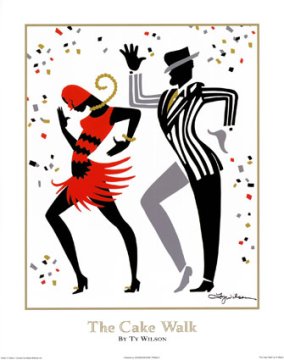
While Bal d'Afrique seems to jump with its two feet into a puddle of fruity syrup, the perfume is nevertheless what I term a "sophisticated gourmand", a type of gourmand fragrance that makes use of foody notes in intellectualized, conceptual and non literalist ways. The gourmand sensation is not an end in and of itself but serves an illustrative purpose. The vetiver aspect of the project is more discreet yet more lasting too as the drydown finishes its course into a more classic yet delightfully subtle citrusy and coffee-scented vetiver impression with mysterious accents. Even later on, powdery violets reappear when you thought they had vanished hours ago. Still hours later, one gets a whiff of pineapple and vetiver accord.
I also like to think that the major accent put on the gourmand, candy extravaganza facet of the perfume which is a bit incomprehensible at first is a hidden historical reference to the direct ancestor of the Bal d'Afrique, the Cake-Walk, a fascinating cultural institution of resistance which emerged amongst black slaves in the South ca. 1850.
In Women of the Harlem Renaissance someone is reported to have described Baker's dancing style as "a weird cross between a kangaroo, a bicyclist and a machine gun," a perception that hints at the cake-walk tradition. Modern Alchemy makes a candle called Cake Walk and it wafts of cake icing and tobacco. Eyes on the prize when the prize was only a cake. You need a beginning to everything, and symbols even more.










great article!
Thanks!